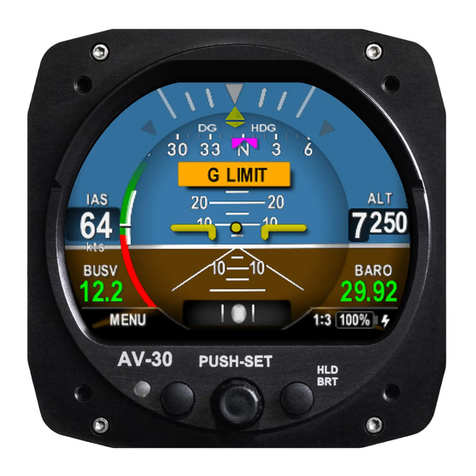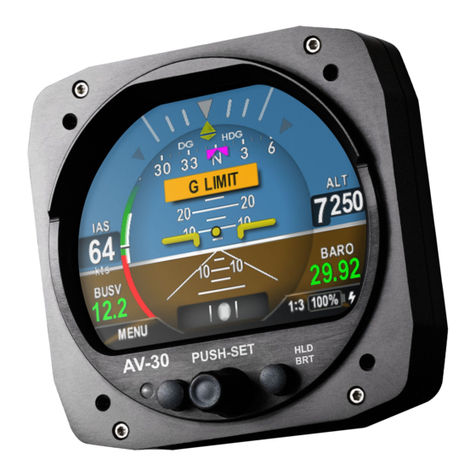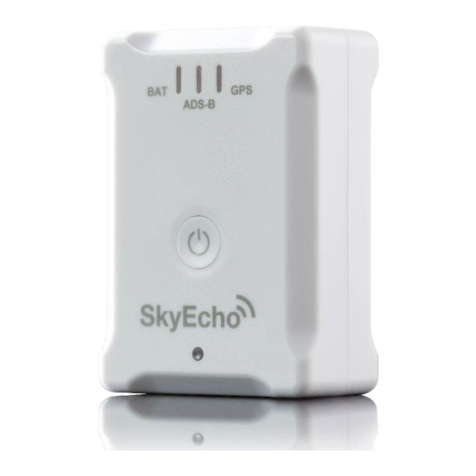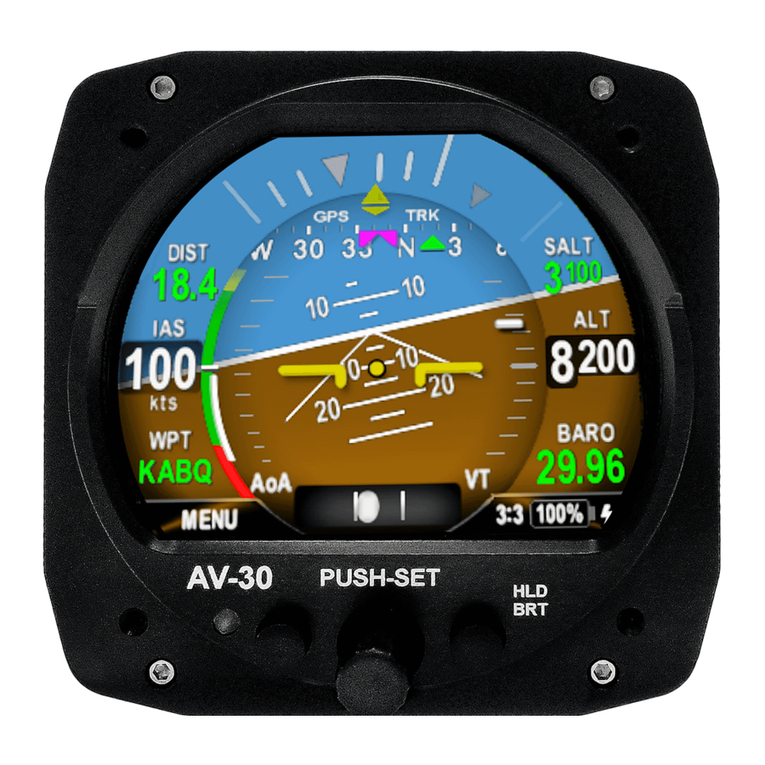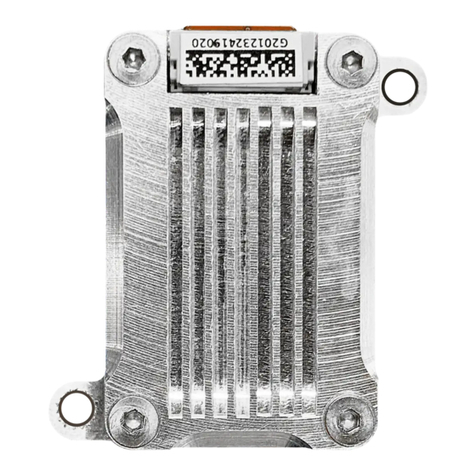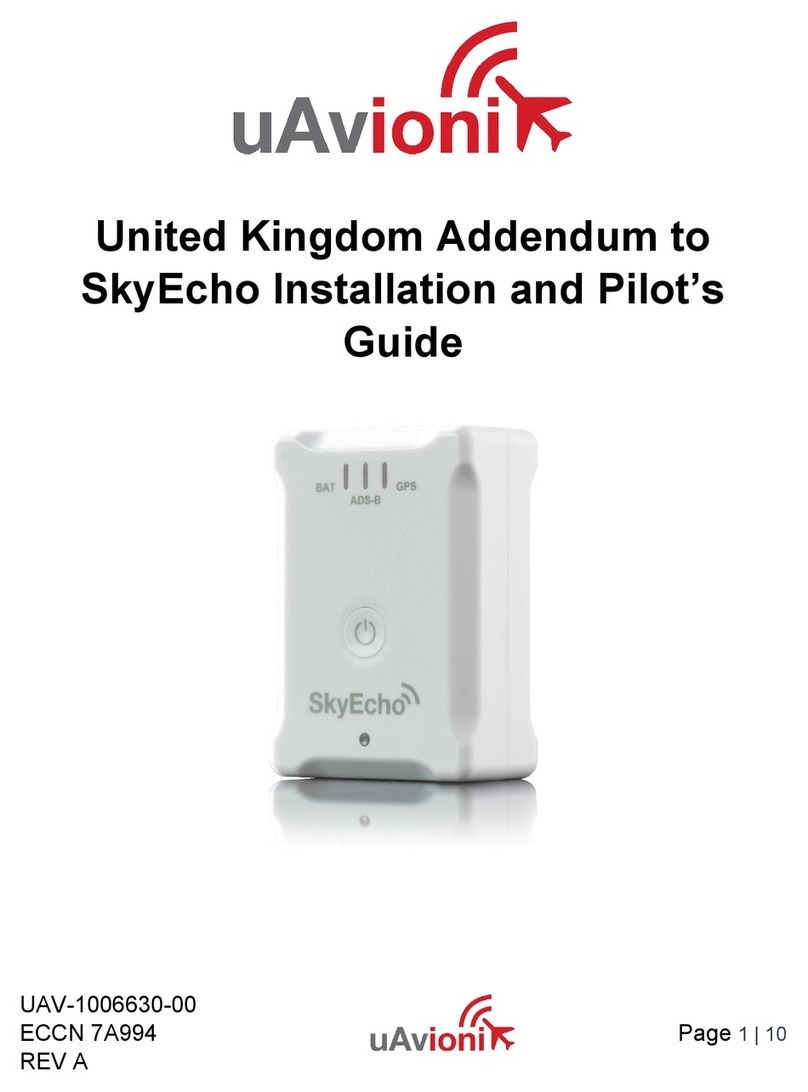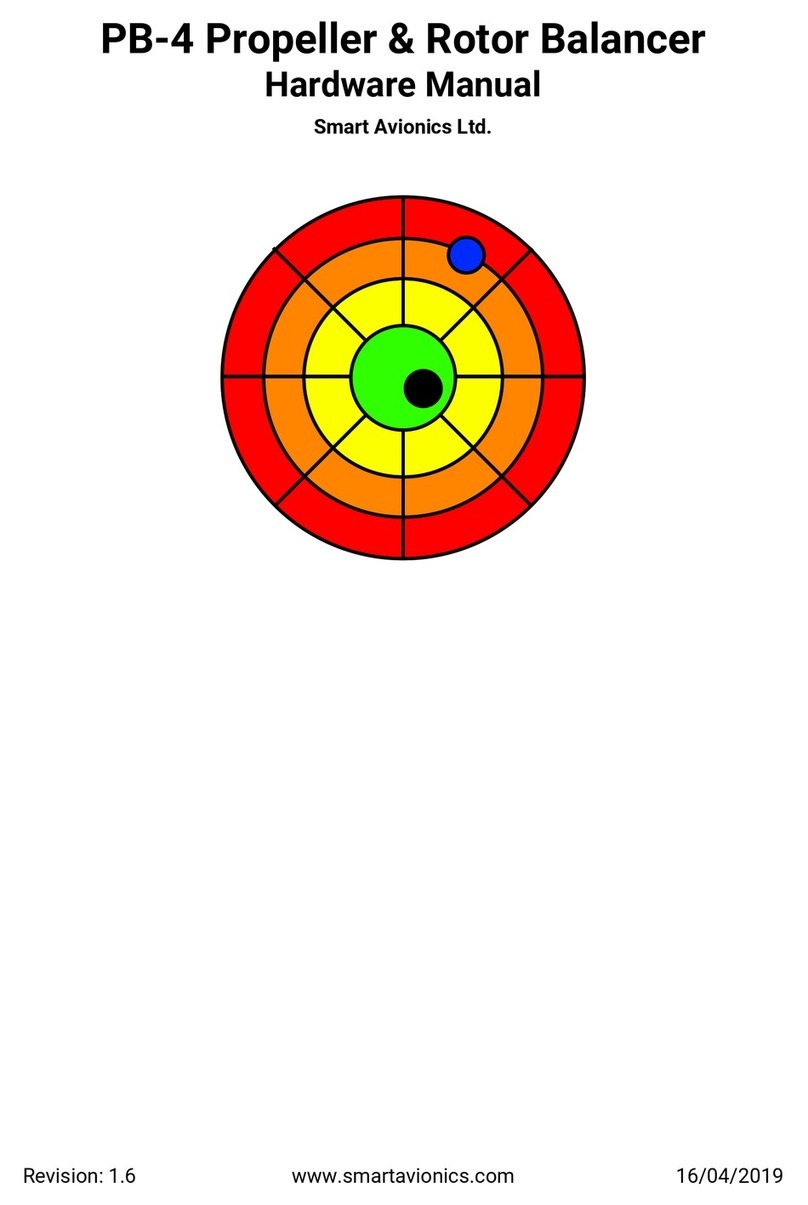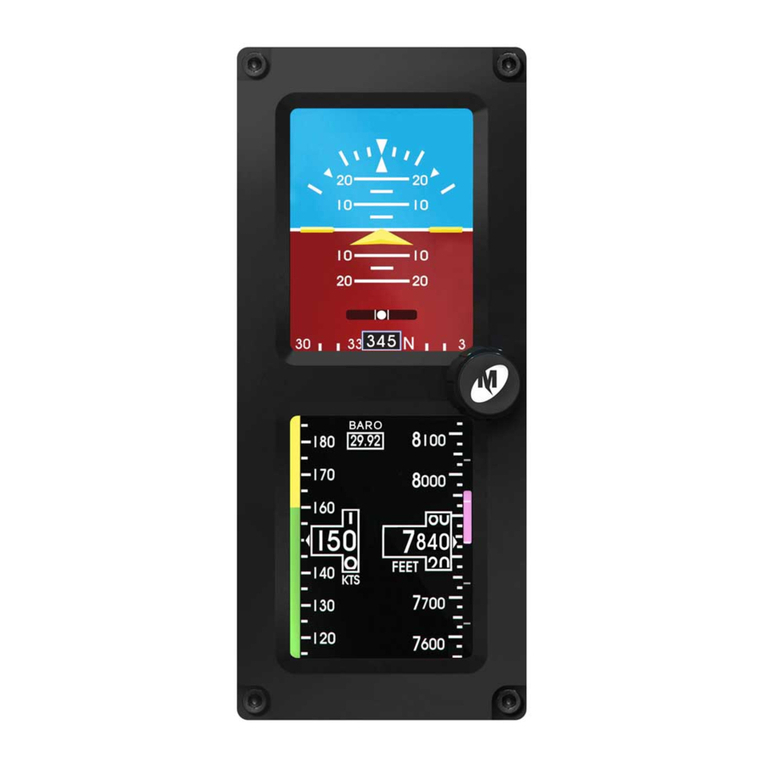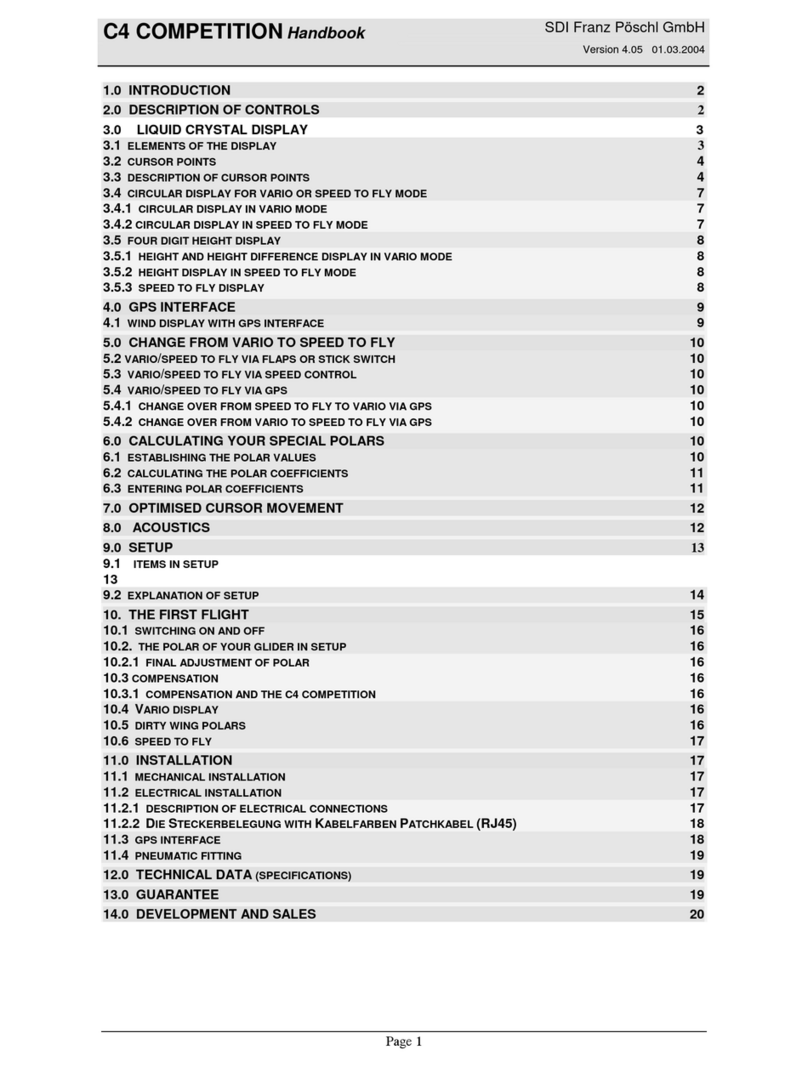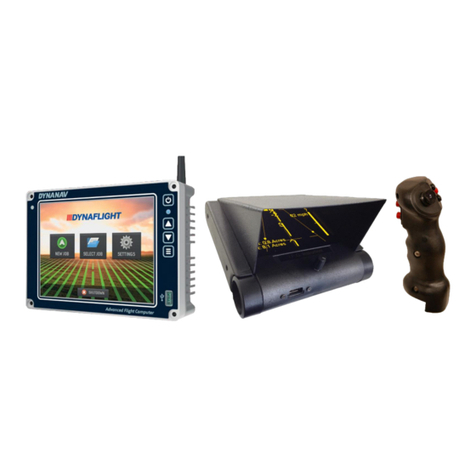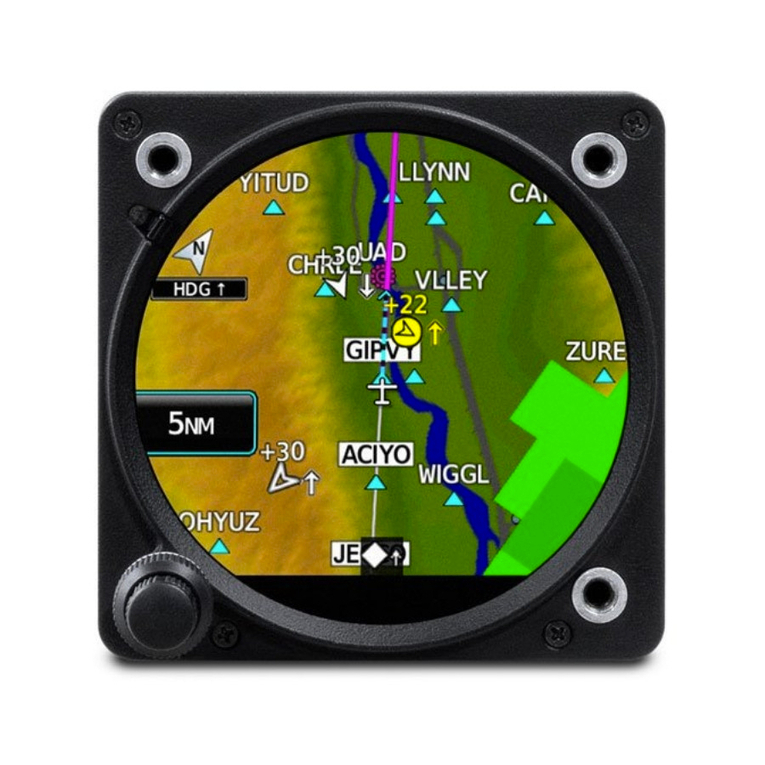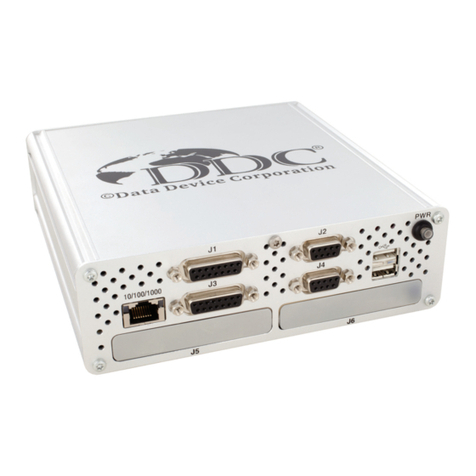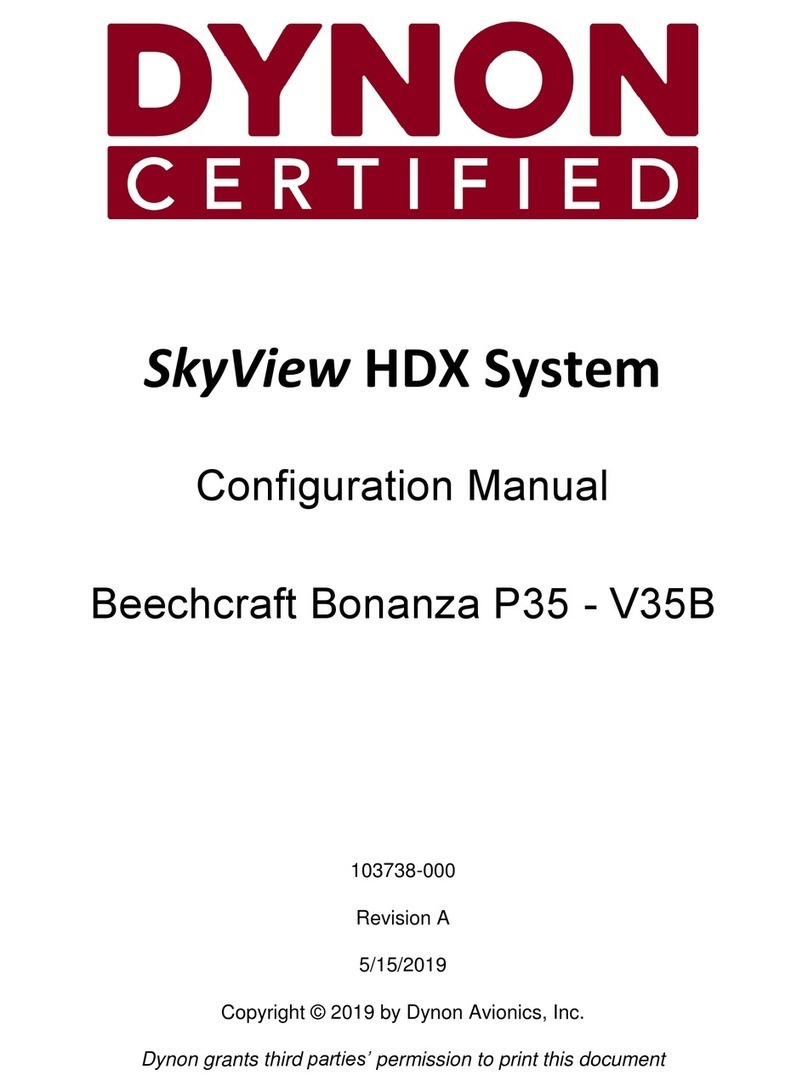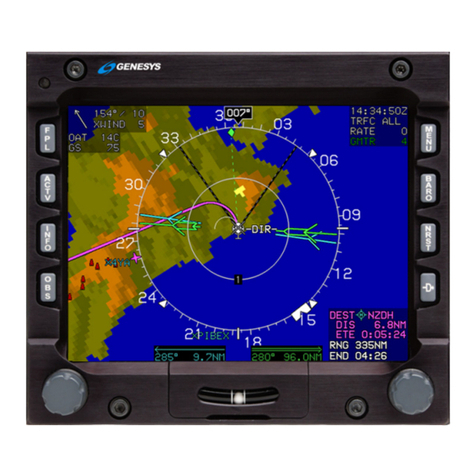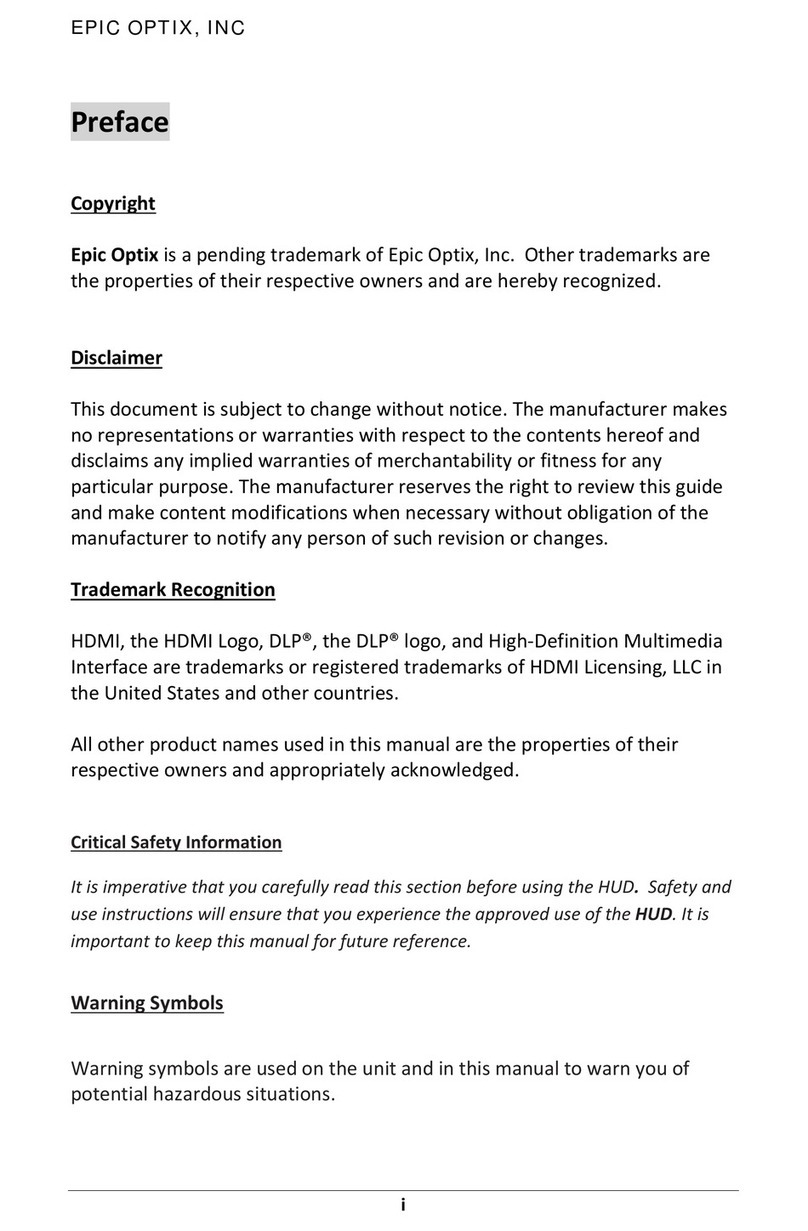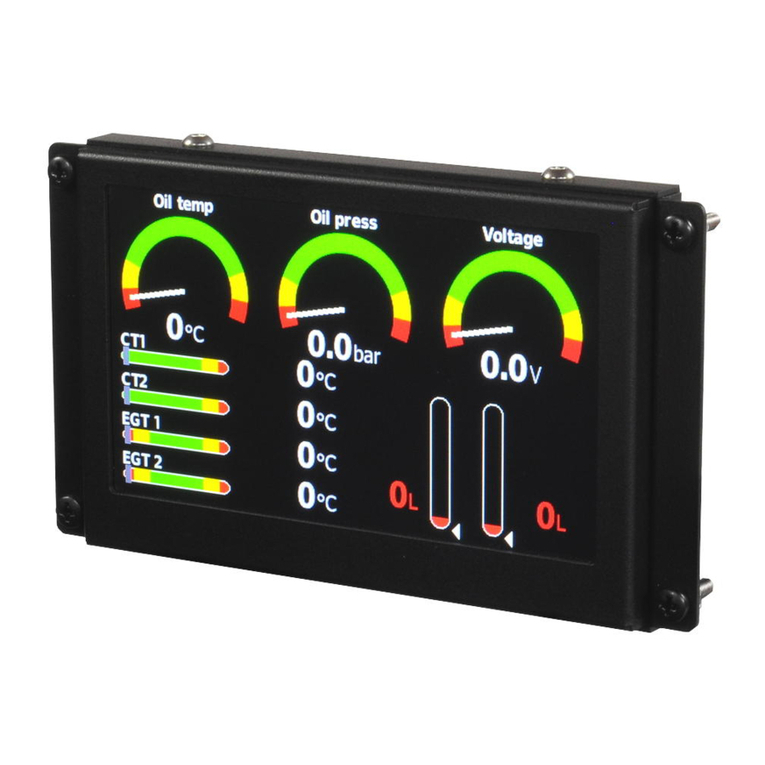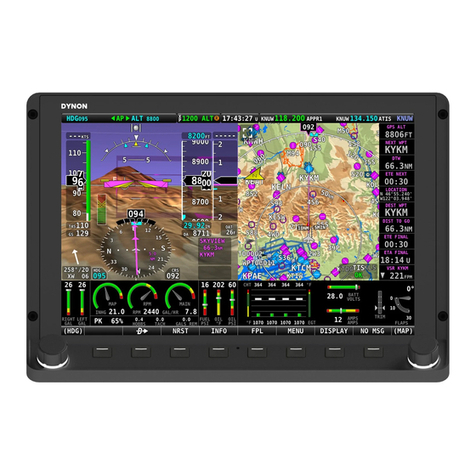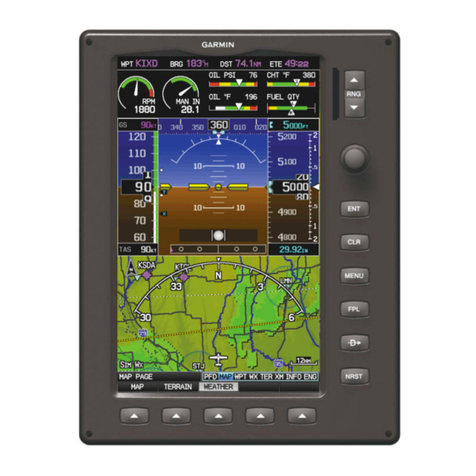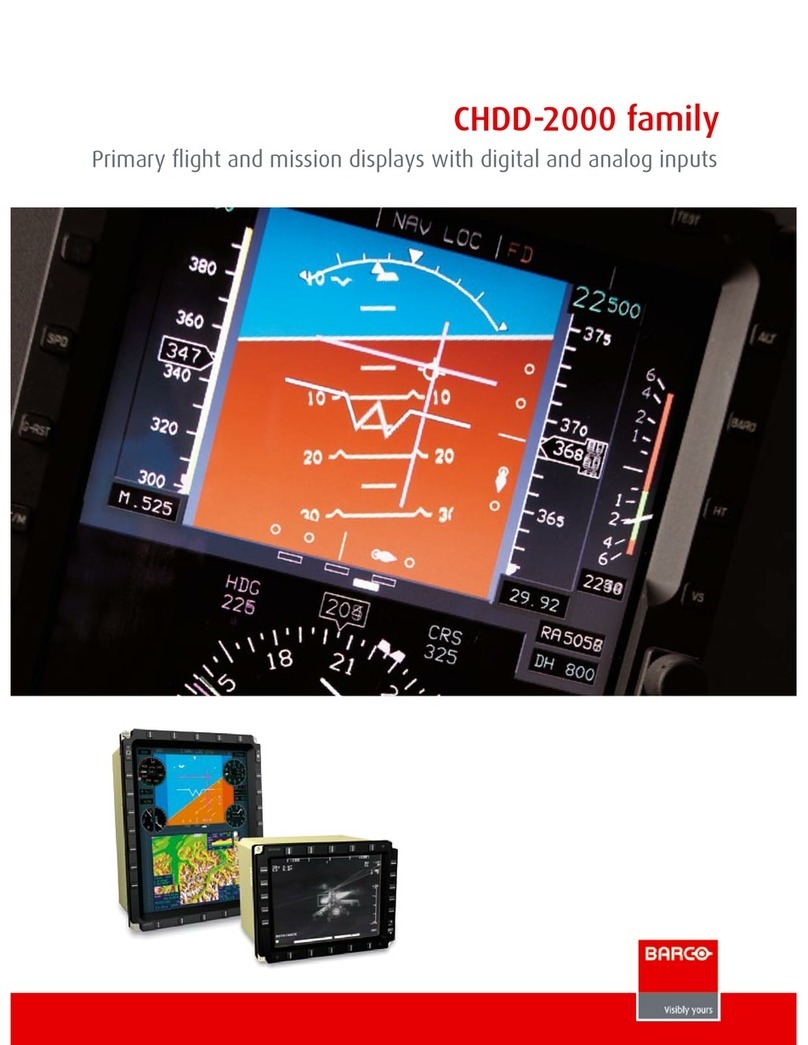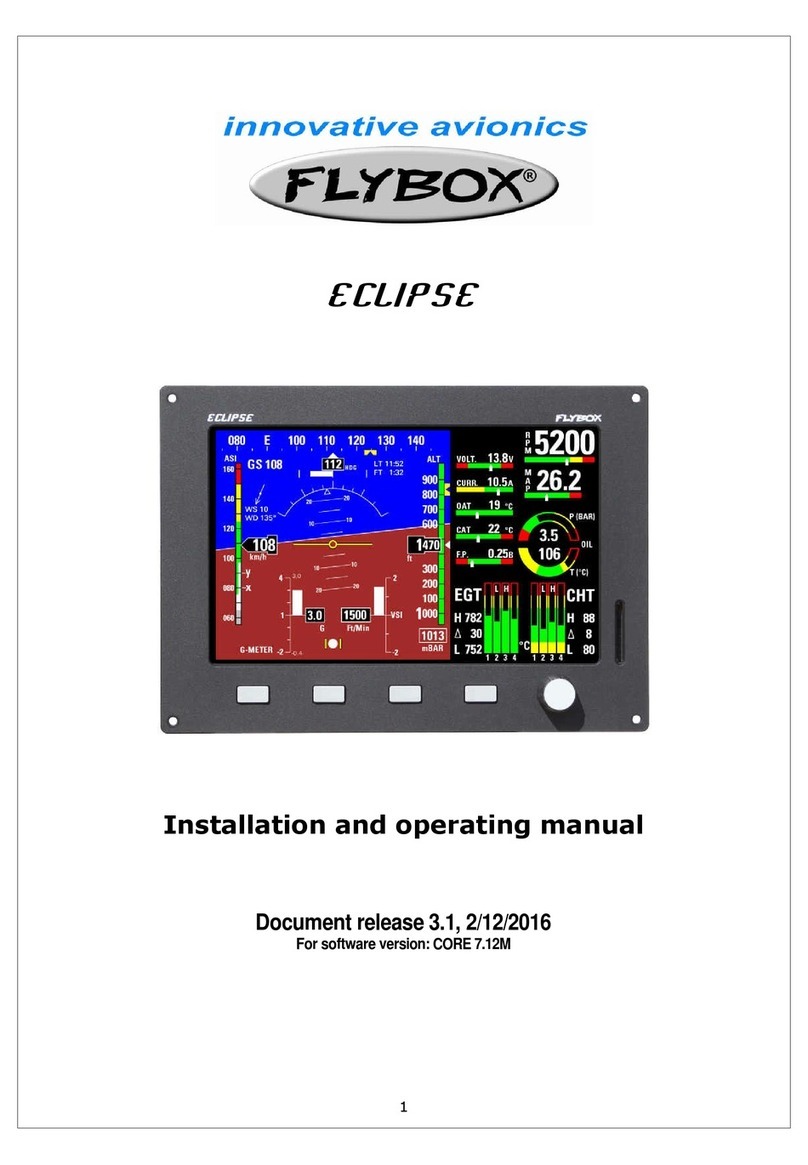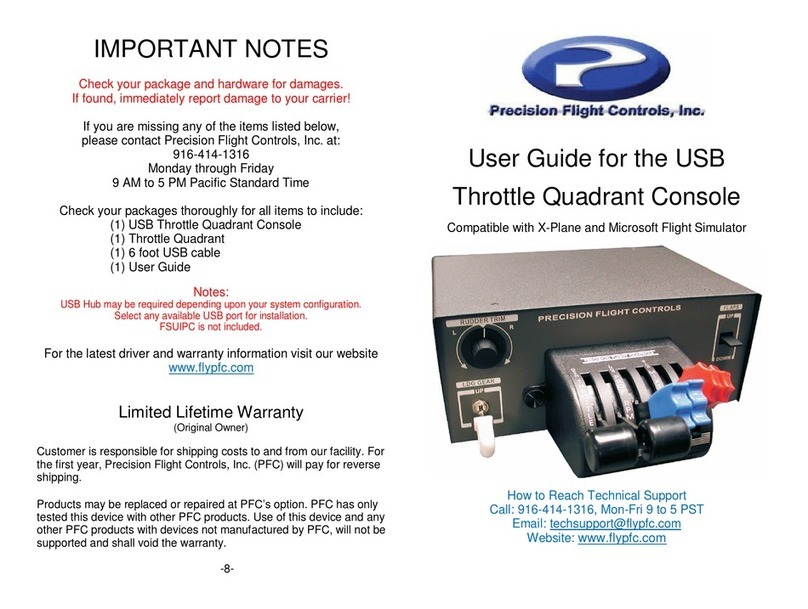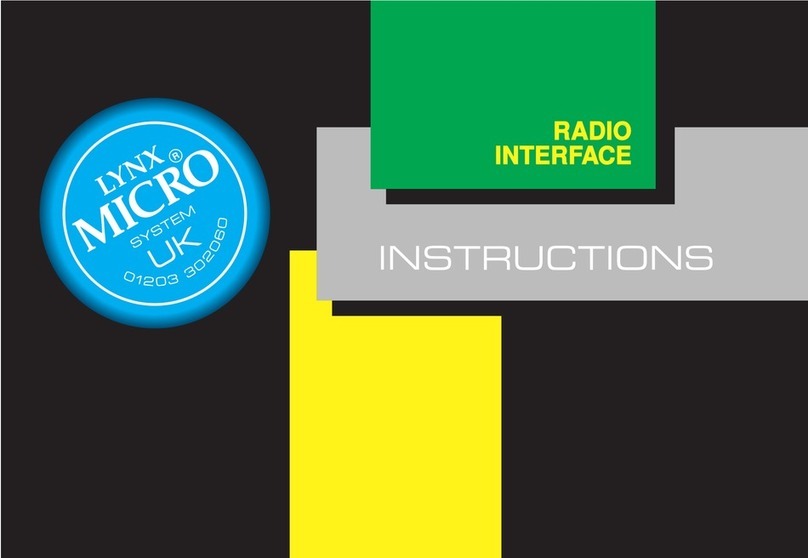UAV-1003947-001, AV-30-C, Installation Manual 6
Rev E
4 Table of Contents
1Revision History ..............................................................................3
2Warnings / Disclaimers....................................................................4
3Limited Warranty.............................................................................5
4Table of Contents............................................................................6
5Introduction .....................................................................................8
5.1Purpose.....................................................................................8
5.2Definition of Acronyms & Terms.................................................8
6AV-30-C System Information...........................................................9
6.1System Description....................................................................9
6.2System Functions....................................................................11
7Certification...................................................................................13
7.1Mechanical Instrument Replacement.......................................14
7.2Non-Required Instrument Addition...........................................14
7.3Vacuum System Removal........................................................14
7.4Applicable Performance Standards..........................................15
8Installation Limitations...................................................................16
8.1Installation Approval Limitations...............................................16
9Installation Locations & Operating Modes .....................................17
9.1Installation Locations ...............................................................17
9.2Operating Mode Configuration.................................................18
10 Functionality and Required Interfaces........................................19
10.1 Aircraft Systems Connections............................................19
10.2 Feature Matrix....................................................................20
10.2.1 Power Input (Required) .................................................21
10.2.2 Pitot and Static Interfaces (Required)............................21
10.2.3 Outside Air Temp Input (Optional).................................21
10.2.4 Audio Output (Optional).................................................22
10.2.5 GPS Interface (Optional)...............................................22
10.2.6 Internal Magnetometer (Optional)..................................23
10.3 Internal Battery Operation..................................................23
11 Equipment Installation................................................................24
11.1 Overview............................................................................24
11.2 Supplied Components........................................................24
